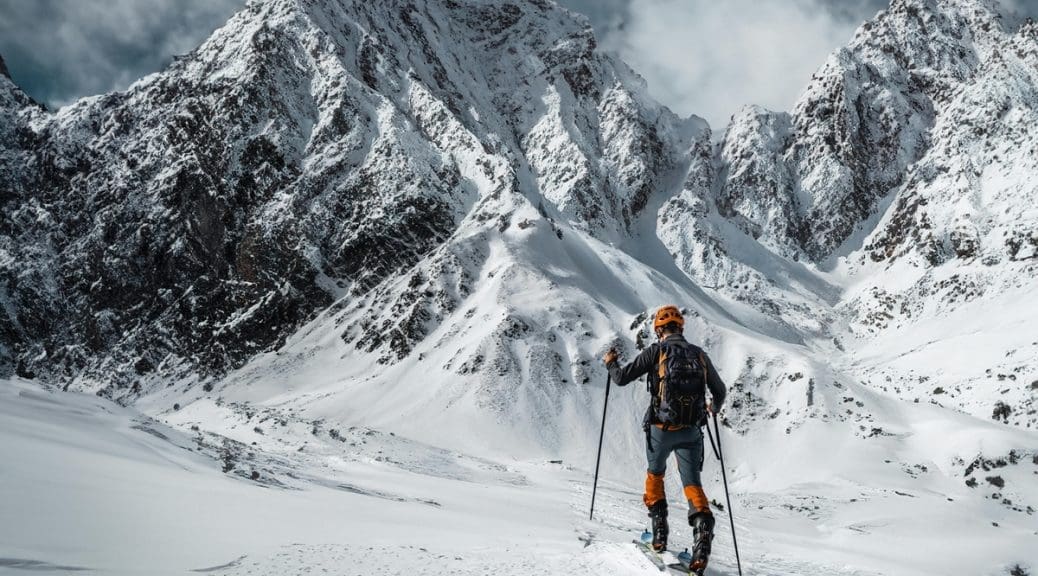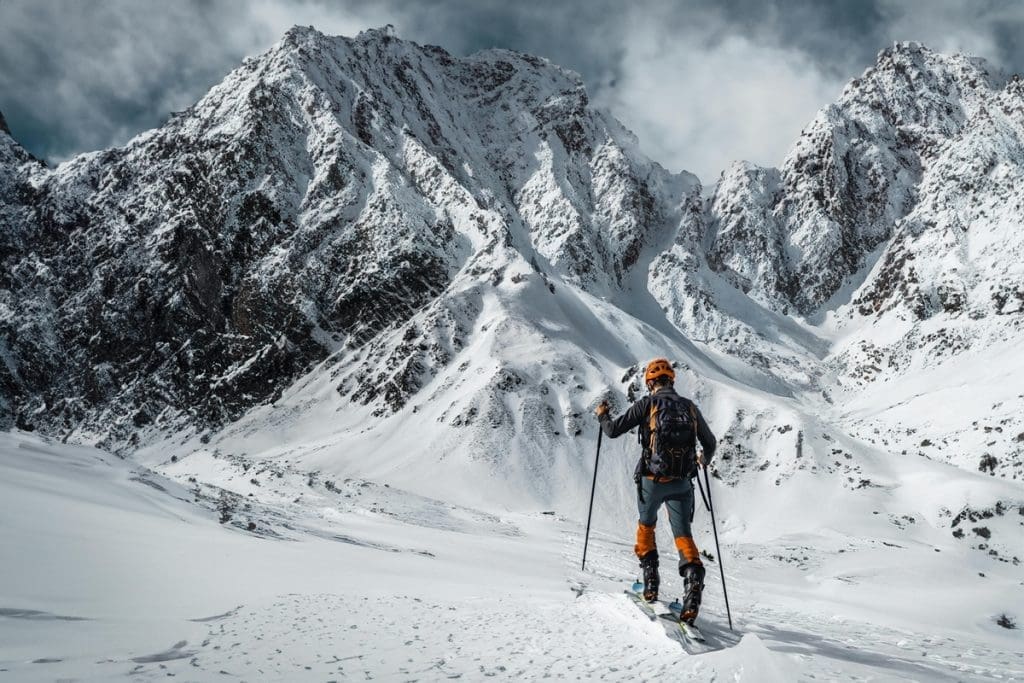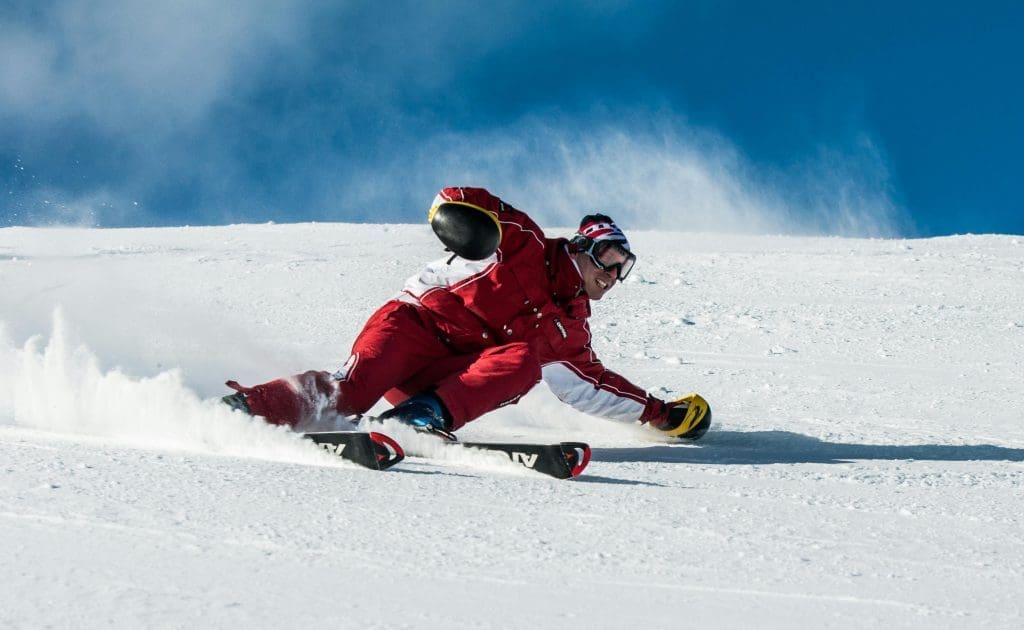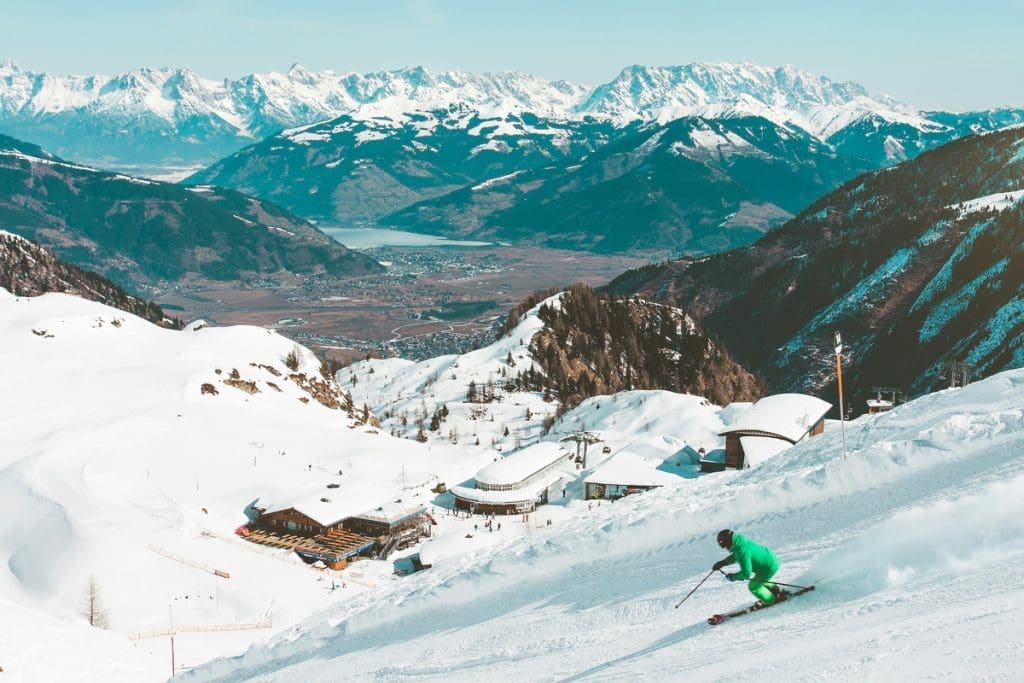
A Guide to Skiing in Bulgaria
When people talk about ski holidays, Bulgaria might not be the first country that comes to mind. The Alps tend to steal the spotlight – and fair enough, they’re pretty spectacular. But over the past few years, Bulgaria has quietly made a name for itself as a solid, affordable, and surprisingly enjoyable winter sports destination.
It’s not just for beginners or bargain-hunters either (though yes, the prices are part of the appeal). It’s for anyone curious enough to try something a little different.
So, if you’ve been considering your next ski trip and wondering whether it’s worth looking beyond France, Austria or Switzerland – here’s a closer look at what Bulgaria skiing actually involves.

Where to Go: A Few Well-Known Names
Let’s start with the basics. Bulgaria has a handful of mountain resorts that cater to winter sports. Each one has its own character and quirks, so choosing the right one depends a bit on what you’re after – and who you’re travelling with.
Bansko
Probably the most well-known of Bulgaria’s ski destinations, Bansko is located in the Pirin Mountains. The town itself is a mix of old cobbled streets and newer hotel developments, with the ski area a short gondola ride from the centre. The slopes here are broad, generally well maintained, and suit all levels – though it’s especially popular with beginners and intermediates.
There’s also a reasonable après-ski scene, though it’s more laid-back than lively. Think casual bars, occasional live music, and plenty of mehanas (Bulgarian taverns) serving stews and red wine.
Getting there:
The nearest airport is Sofia. From there, it’s about a 2.5-hour drive to Bansko. Sofia to Bansko transfers are straightforward, especially if you pre-book a private or shared ride.
Borovets
Situated in the Rila Mountains, Borovets is Bulgaria’s oldest ski resort, with roots going back to the 19th century. It’s smaller than Bansko but feels more compact and convenient – lifts tend to be close to the accommodation, and the atmosphere is a bit more relaxed.
It’s a good choice for families or first-time skiers looking for easy access to the slopes, fewer crowds, and a simple, hassle-free stay. The tree-lined pistes and snowy forest views are lovely too.
Getting there:
Borovets is even closer to Sofia – around 70km away. It usually takes just over an hour and a half to get there from the airport, depending on road conditions. A pre-arranged Borovets transfer is the most reliable option, particularly during the busy ski season.
Pamporovo
In the Rhodope Mountains, Pamporovo is probably the quietest of the main resorts. It’s known for its sunny weather (the resort claims around 120 sunny days each ski season), gentle slopes, and beginner-friendly environment. Advanced skiers might find it a bit limited, but for anyone just getting comfortable on the snow, it’s ideal.
It also tends to draw fewer international visitors, which gives it a slightly different feel. Quieter, a bit more local, and less polished – but that’s not necessarily a bad thing.
Getting there:
Pamporovo is a bit further out – about 260km from Sofia. Expect a transfer time of 3.5 to 4 hours. You can also fly into Plovdiv, which is closer (around 85km), though fewer international flights go there.
Transfers from Sofia to Pamporovo are available and worth booking in advance to avoid the headache of navigating public transport with ski gear in tow.
Chepelare
Just 10km from Pamporovo, Chepelare is a small town with its own ski area and a very local, low-key vibe. The slopes are a mix of beginner-friendly runs and some challenging red options, and you’ll rarely find a queue. Prices? Even cheaper than Pamporovo.
Chepelare is also the birthplace of Olympic biathlon champion Ekaterina Dafovska, and the resort has a bit of sporting pride about it. It’s more rustic, with fewer tourists and more traditional taverns – great if you’re into an unfiltered experience.
Getting there:
Getting to Chepelare usually involves the same route as Pamporovo – either from Sofia (around 3.5-4 hours by car) or from Plovdiv (about 1.5 hours). Plovdiv to Chepelare transfers are easy to organise if you’re booking in advance.

Vitosha
Vitosha is a bit of an odd one – not because it’s bad, but because it’s right on the edge of Sofia. Yes, really. You can ski and still sleep in the city centre if you fancy it. It’s not a huge area, and the infrastructure could use a little love, but it’s worth knowing about.
Locals love it for quick getaways, weekend runs, or spontaneous snow days. Tourists? Not so much – but maybe that’s the point. Vitosha offers something rare: skiing without the full ski trip commitment.
Getting there:
This is the easiest one. Vitosha is roughly 30 minutes from Sofia Airport, give or take. You can get there via transfer, taxi, or even public transport if you’re up for it. For convenience and gear-carrying, though, a door-to-door transfer makes everything simpler.
What’s the Experience Actually Like?
Right – so, what can you actually expect from a ski holiday in Bulgaria? Honest answer: it depends on your expectations.
If you’re comparing it directly to the big-name Alpine resorts, you might notice a few differences. The infrastructure isn’t always as slick, service can vary, and the pace of life tends to be a little more… unhurried. But the mountains are beautiful, the snow is generally reliable (especially between January and early March), and the overall atmosphere is friendly.
There’s something quite refreshing about it all. Less pressure, lower prices, and a more relaxed approach to things. It feels more casual than commercial.
And yes, the food helps too. Hearty stews, grilled meats, local cheese, honey-soaked pastries… It might not be haute cuisine, but after a day on the slopes, it hits the spot.
Costs: What You’ll Actually Spend
One of the biggest draws for skiing in Bulgaria is the price. Accommodation, lift passes, ski hire, food – it all tends to be significantly cheaper than the Alps.
You can usually find lift passes for around half the price of their French or Swiss equivalents. Equipment rental is similarly affordable, and ski schools are often priced in a way that makes group or even private lessons realistic for families or larger groups.
Even things like meals out or drinks in the evening don’t add up as quickly. You can have a decent dinner without worrying about blowing your budget – and that’s a relief, especially if you’re travelling with kids or staying a full week.
That said, prices have been creeping up in recent years, especially in Bansko, where demand from international visitors has grown. Still, overall, it remains one of Europe’s most cost-effective skiing options.
The Slopes: Who Are They Best For?
Let’s talk terrain. Bulgaria’s ski areas aren’t vast – not compared to the likes of Chamonix or the Three Valleys. But they’re well-suited to beginners, improvers, and intermediates.
Most resorts have dedicated nursery slopes and plenty of wide, cruisy blues and reds. Advanced skiers might find the runs a bit tame, though some areas have off-piste sections and black runs if you know where to look (and check conditions, of course).
For families, it’s ideal. Kids can learn in a quieter environment, and parents aren’t stuck paying premium rates for every hot chocolate or ski school lesson.
You May Also Like: The Ultimate Guide to Family Skiing in the Alps
Other Bits: Language, Culture, and Snow
Language-wise, you’ll mostly get by in English – especially in hotels, ski schools, and tourist spots. That said, picking up a few local words doesn’t hurt. “Blagodarya” means thank you, by the way.
The snow season runs from mid-December to early April, with peak conditions in January and February. Snow reliability is decent, though some resorts use artificial snow to keep things topped up.
Oh – and bring cash. Many small restaurants, cafés, or ski rental shops still prefer cash over cards, even now. Just one of those things.

Skiing in Bulgaria FAQs
Q: Is Bulgaria good for first-time skiers?
A: Yes, absolutely. Gentle slopes, affordable ski lessons, and easygoing resort vibes make it ideal for beginners.
Q: When is the best time to go?
A: The best time to ski in Bulgaria is late January to early March and offers the best combination of snow conditions and daylight. Avoid school holidays if you want fewer crowds.
Q: Is the food OK?
A: It’s rustic but comforting. Expect grilled meats, vegetable stews, local cheese, and moreish desserts. Also – plenty of wine.
Q: What should I pack?
A: Bring your usual ski gear, but don’t forget things like travel adaptors, cash, and a sense of humour. Bulgaria can be quirky in places.
Q: How do I get to the resorts?
A: Most travellers fly into Sofia Airport. From there, pre-booked transfers to Bansko, Borovets or Pamporovo are the easiest way to reach the slopes.
Q: Is it really cheaper than the Alps?
A: Yes. Lift passes, lessons, and accommodation are all generally more affordable. And meals out won’t drain your wallet either.
Getting There Without the Stress
Sorting your travel to the slopes in Bulgaria doesn’t need to be a faff. Alps2Alps offers reliable airport transfers to Bulgaria’s major ski areas – including Bansko, Borovets, and Pamporovo. Whether you’re travelling solo, with friends, or bringing the whole family, you can count on door-to-door service with no fuss, no confusing schedules, and no dragging skis through train stations.
Heading to the slopes this season? Book your Sofia or Plovdiv transfers with Alps2Alps and get your ski holiday off to a smooth start.
Author Information
This article was co-written by…
Kaspars Simanis, Product Manager
Kaspars, product manager at Alps2Alps, is an experienced strategist with a strong focus on travel, mobility and customer engagement. With a creative mindset and a dedication to delivering exceptional experiences, Kaspars plays a key role in shaping how we connect with skiers and adventurers across the Alps. When not crafting innovative campaigns, you’ll find Kaspars out on the slopes.

